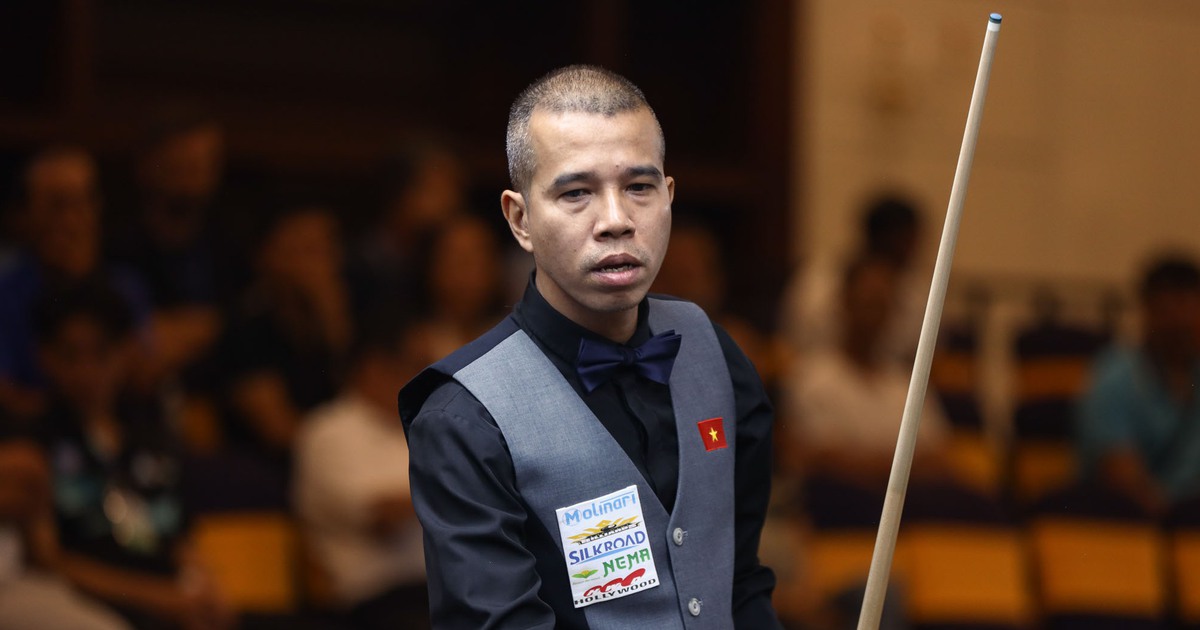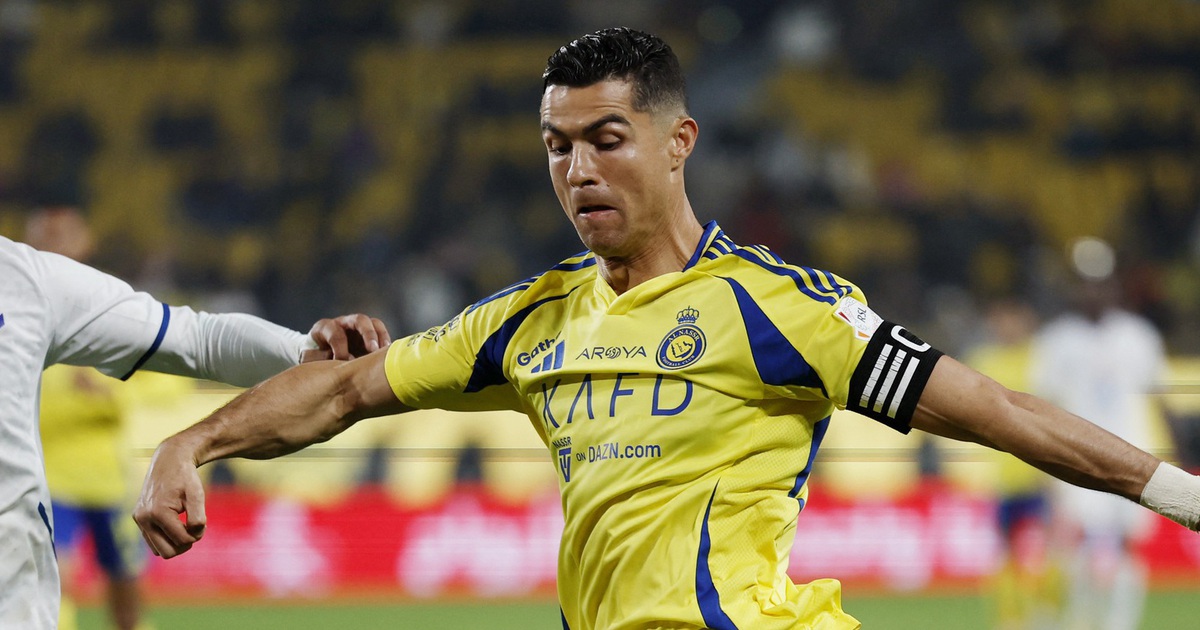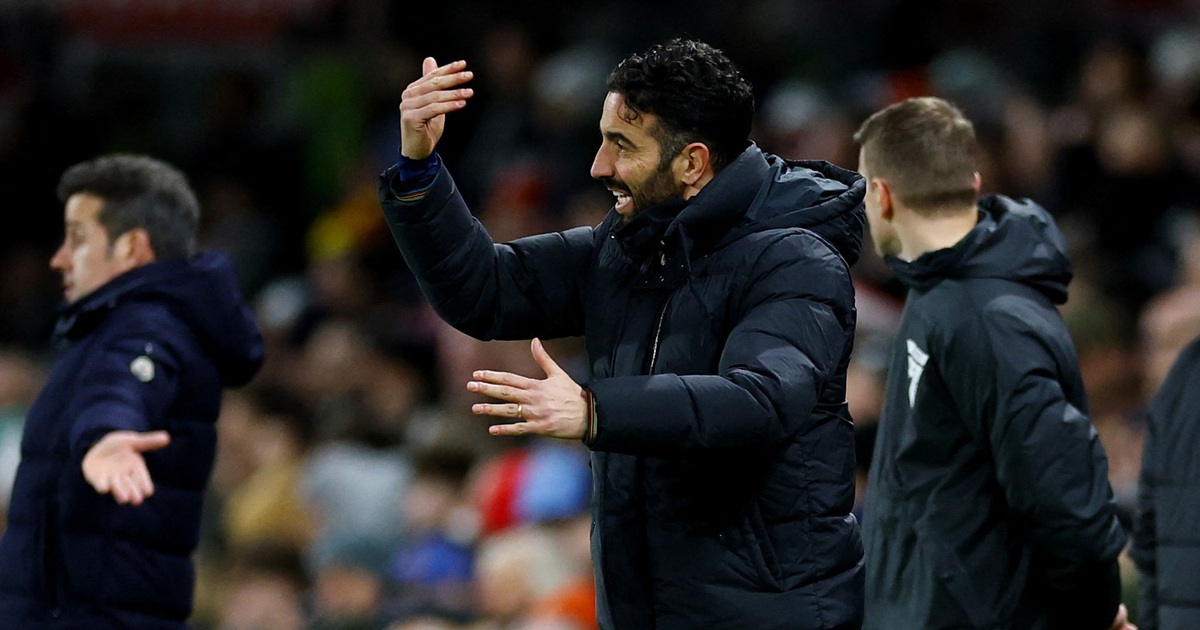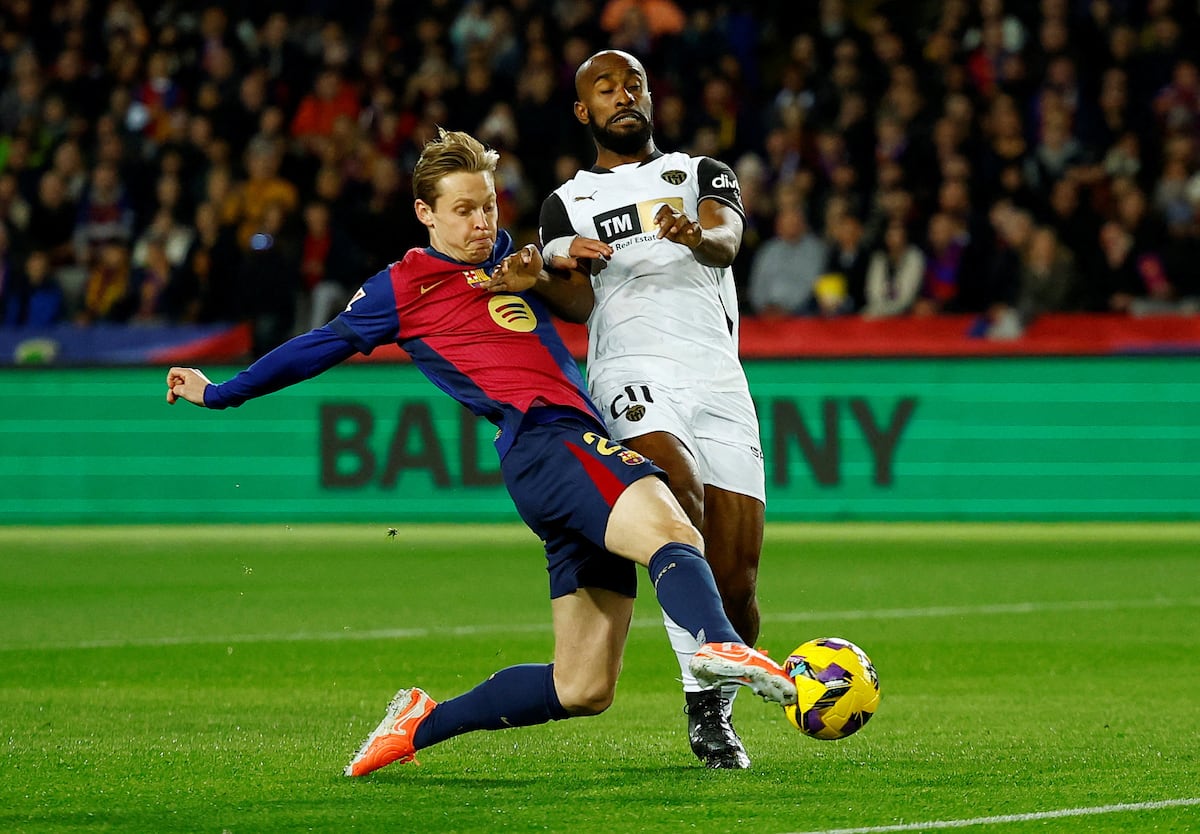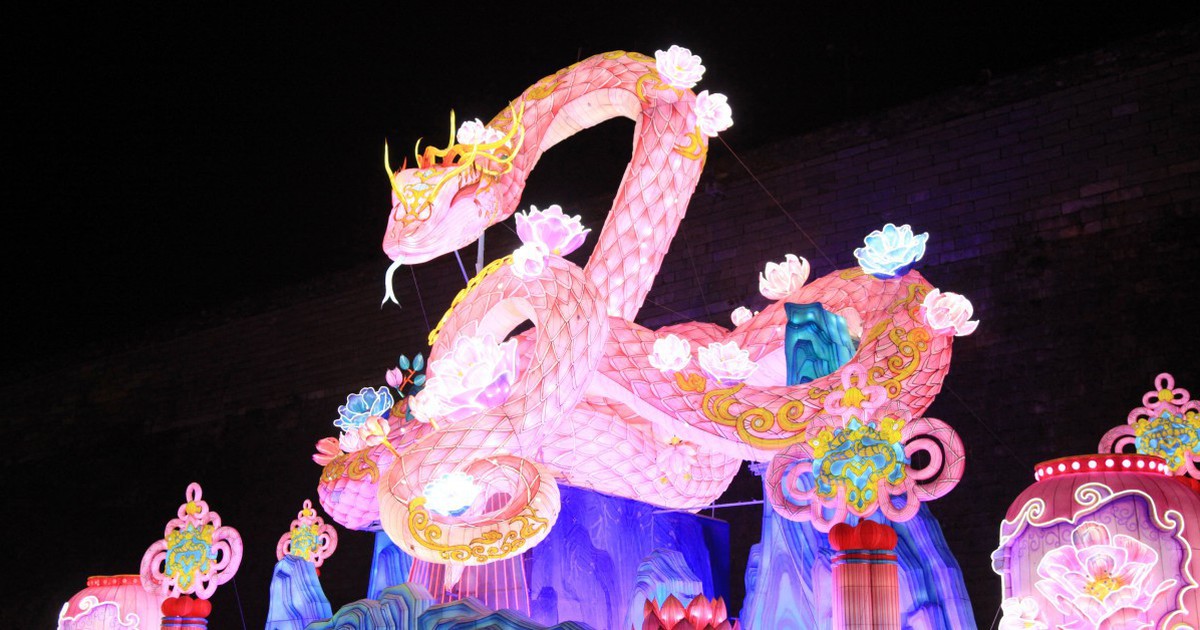Michael Jordan said that “talent wins games, but teamwork and intelligence win championships.” Jordan’s legendary phrase serves to briefly summarize the current Canadian tennis scene. Leaders as a group, unable alone. They are the current Davis Cup champions and winners of the ATP Cup in 2022, propelled by the youngsters Felix-Auger Aliassime (23 years old) and Denis Shapovalov (24 years old) in singles and a veteran in doubles like Vasek Pospisil (33 ). There is a good base in the Canadian tennis federation and large investments and infrastructures were the causes of the first salad bowl in the North American country. However, the contrast is significant for the rest of the season as the same team champions are diluted when they go their separate ways on the professional circuit.
The Canadian team gave the surprise and won its first Davis Cup in Malaga after defeating Australia in the final with the individual victories of Shapovalov and Aliassime. The two references from Canada easily got rid of Kokkinakis and De Minaur, respectively. It was not necessary to reach the doubles in the final, but they were decisive in the semifinals against Italy and in the quarterfinals against Germany. In both qualifiers, Vasek Pospisil, a doubles expert, was needed to tip the balance in favor of the North American country. The team led by Frank Dancevic is the best example of how to manage individual qualities for the benefit of the group.
This communion in Davis has nothing to do with what is observed in the ATP circuit. The best example has been experienced this week in Canada itself, which has become the capital of world tennis, where the men play in Toronto and the women in Montreal as a result of alternating the two tournaments between the two cities. In both places, their players have not lived up to expectations. In Toronto, the great hope of the week was, once again, Felix Auger Aliassime, who made his debut in his country on the same day as his birthday and the Australian Max Purcell (ranked no. 78) was in charge of disrupting the party with serves direct (double 6-4). The defeat was a jug of cold water for the Canadian fans who observe how the Montreal tennis player does not raise his head in an irregular year. “I have to be a man, go out on the track and give my best effort, without fear of losing,” lamented an Aliassime with a baggage of 13 wins and 13 losses in 2023. Denis Shapovalov has the same balance, who has not even been able to play the tournament after being sidelined with a left knee injury. Misfortune was followed by his partner from Davis, Pospisil, who lost in the first round to the Italian Arnaldi (double 6-4). The three great figures of the Davis Cup champion Canada no longer appear in the men’s singles draw; Only the old rocker from Raonic and another Canadian promise resists: Gabriel Diallo, who in his first game on the circuit defeated Dan Evans (7-6 and 7-5).
While in Montreal, the hostess Bianca Andreescu, champion of the Us Open in 2019, but with a career conditioned by injuries, also lost in the first round against the Italian Giorgi (6-3 and 6-2). Only Leylah Fernandez remains in contention; The 20-year-old tennis player is the best example of a rise just as fleeting as her fall. The young Canadian tennis player reached the final of the 2021 Us Open without any previous experience and against all odds. Despite not conquering the great New Yorker, she was close to the top 10 at just 18 years old, just like the British Emma Raducanu, champion of that edition and whose drop in the ranking has been similar to that of the Canadian tennis player. Both have not been able to succumb to the pressure; Leylah is ranked 81st while Raducanu has disappeared from the Top 100 due to injuries.
Shapovalov and Aliassime: wanting and not being able to
Both Aliassime and Shapovalov have similar stories. Both were 2015 Junior Davis Cup champions in Madrid. Since then, the spotlight has been on the two young Canadians who were seen as the future of tennis in the short and medium term. Shapovalov was the first to enter the scene; His great serve and one-handed backhand with his left, unusual in the new generations, positioned him as a rising star, even more so when in 2017 he beat Nadal at just 18 years old, coincidentally in the Canadian Masters. That young player, left-handed, with a strong character and great technique entered the top-10. With more highlights what results (a single title in Stockholm in 2019, number 23 in the ranking), ‘Shapo’ he continues to fight to gain a foothold in the place he was destined to reach.
Auger Aliassime’s projection was, and has been, more promising than Shapovalov’s. In 2019, and at the age of 18, he became the youngest Top 25 player since Hewitt in 1999, until a certain Carlos Alcaraz came along who broke all records for precociousness. In fact, before the irruption of the Murcian, the Canadian was seen as the great successor of world tennis after seeing how Tsitsipas, Thiem, Zverev or Medvedev continued to succumb to him. Big-3. Aliassime had everything to lead the change, he had the game (great serve, good forehand and Djokovic’s own elasticity) and the hunger to beat anyone (he has defeated Nadal, Federer, Alcaraz, Tsitsipas and Zverev, among others). He is less temperamental than his compatriot Shapovalov, but too cold to take that bite out of the big titles. Semifinalist at the 2021 Us Open, he reached the quarterfinals at Wimbledon that same year and also in Australia in 2022. Perhaps the Montreal tennis player’s problem was not him, he has reached number six in the world and is currently sitting in eleventh place , but the appearance of three young people willing to change everything such as Alcaraz, Sinner and Rune. Not even the arrival of Toni Nadal on his bench prevented a generational change that did not wait for Aliassime.
Canada never stood out for its player production until it billed on Milos Raonic’s bomber. A born server, helped by his 1.96 height, who reached the semifinals at Wimbledon and Australia, both in 2016. However, injuries weighed him down and he is close to saying goodbye to the courts, although he resists in this Canadian Masters. Since then, he has opted to promote the rise of great promises. This is how the Aliassime, Shapovalov, Andreescu or Leylah Fernández came out. A batch of players who, despite not achieving the expected individual results, managed to create a team atmosphere that led them to win the Davis Cup in November. The next challenge will not only be to defend the title, but to transfer that aura, which inspired them to lift the first salad bowl, to their respective individual careers.
You can follow EL PAÍS Sports on Facebook and Twitteror sign up here to receive our weekly newsletter.
.
.


